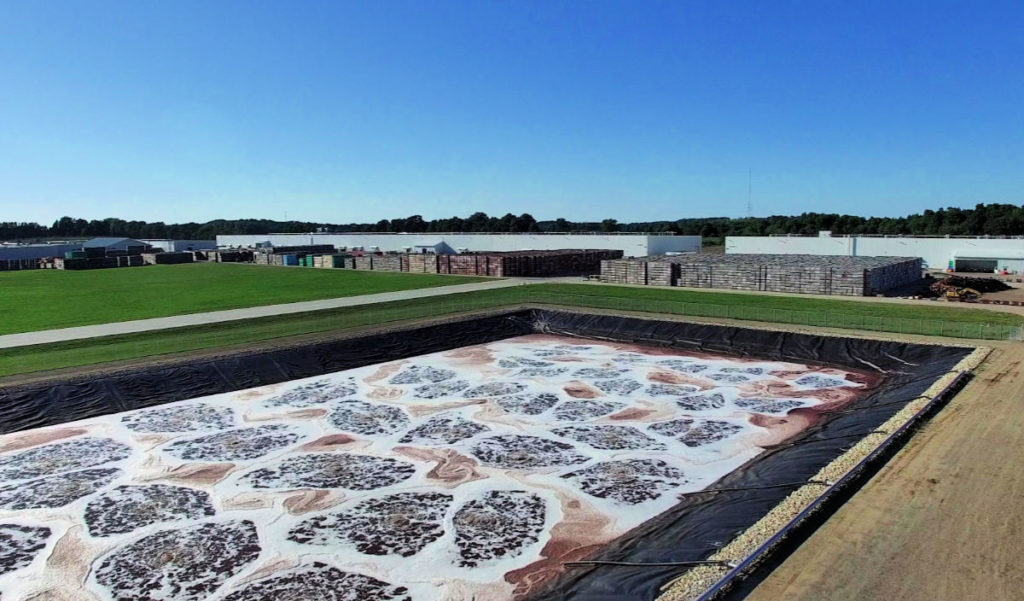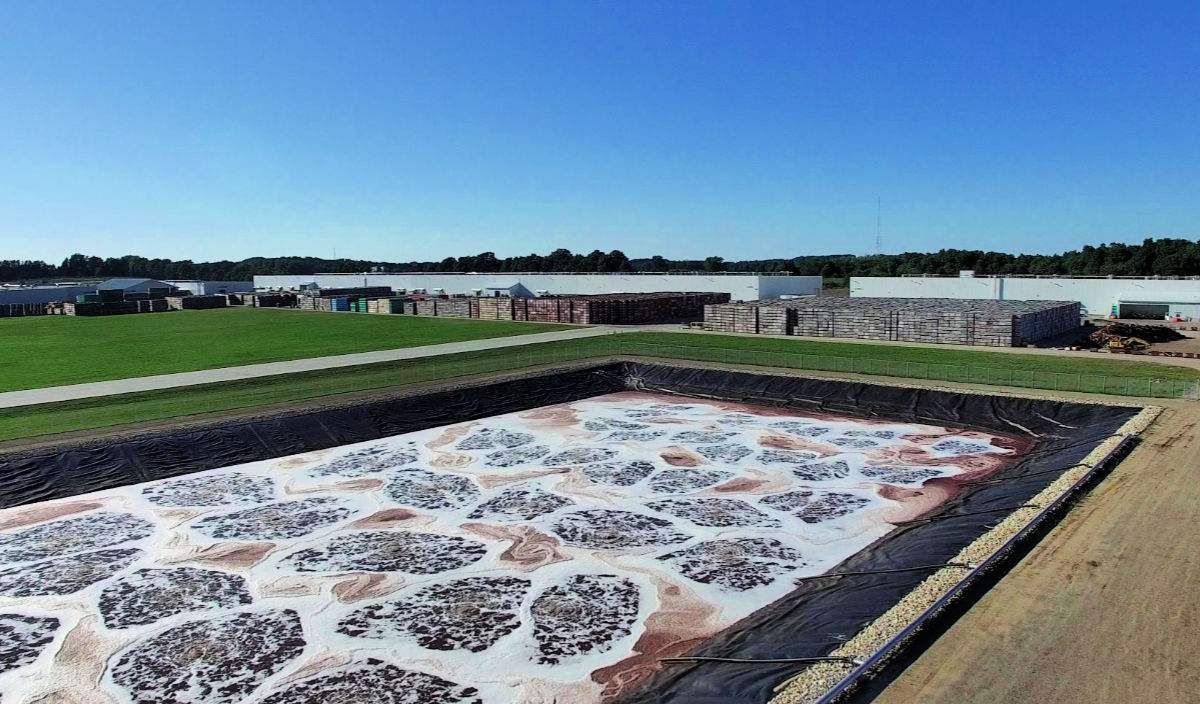
Industrial lagoons offer cost-effective, sustainable wastewater treatment. In our latest video, lagoon specialist Julie Hartwig shares her experience working with industrial wastewater operators to highlight the huge advantages lagoons can provide for industrial facilities. Watch the video and read on for highlights.
Lagoons are usually thought of in the context of municipal wastewater treatment, although they are also popular for many industries, such as fruit and vegetable processing, dairy processing, fracking, and wineries. With municipal lagoons, their influent is usually very steady and consistent. Industrial facilities typically do not have consistent wastewater flows, with tremendous variability in influent between different industries and even within the same plant depending on production, with huge swings in the quality and volume of wastewater from day to day. This can include things like
- Temperature: If you have a heat process, you can have an output of very hot water
- Concentration: Loading can vary significantly from one day to the next
- pH: Chemicals from cleaning cycles can skew pH
- Wastewater characteristics: When one product run ends and a new one begins, you’re feeding the bacteria in your system a different food, a shift that can be very sudden and stressful
All of these factors can make wastewater treatment in industrial plants very difficult to control. Additionally, unlike municipal wastewater, industrial wastewater can be deficient in the ammonia and phosphorus necessary to treat BOD. Read our blog, Nutrient Deficiency in Industrial Lagoons, for more on this topic.
Advantages of lagoons for industrial wastewater treatment
Industrial lagoons typically have a holding time of several weeks. This acts as a moving average of all the effluent the plant is putting out, so no single upset is likely to derail the treatment process. If you have a high pH event, for example, the water comes out and gets diluted and mixed in with the other water, mitigating the effect.
Contrast that with a mechanical plant, which may only have treatment times of a few hours or a day or two. An upset in a mechanical plant can really change the treatment outcomes.
Julie shares a case from her experience: A vegetable plant with a mechanical system had a caustic cleanout event during a time when some of their lines weren’t running. That meant the caustic cleaning water wasn’t diluted enough and raised the pH in their entire treatment system, to the point that the settling chemicals or coagulants they were feeding stopped working. For several hours, they completely lost the ability to settle solids out of their system.
Luckily, they had an emergency tank to store the effluent—otherwise they would have been putting TSS out of their plant. Their effluent usually looked like clear water, as it should; that day, it looked like milk!
A lot of industrial plants with mechanical wastewater treatment have either an equalization tank ahead of the treatment process to average out their wastewater, or a calamity or emergency tank to divert water into in case the plant puts out something of high strength. If they failed to treat properly, they could store some of their effluent until treatment was restored.
Having an EQ or calamity tank represents a lot of money, resources, and land that is not directly providing any treatment function. If you have a lagoon that has volume storage and dilution, you get that equalization in your main treatment basin. With a long holding time, you have the ability to correct treatment problems before the effluent loses quality.
If you have an industrial lagoon that is having treatment problems, consider supplementing the lagoon’s performance instead of replacing it with a mechanical plant. That way, you don’t lose the water storage and dilution time that lagoons offer. You can add more aeration or post-treatment nitrification or filtration and be extremely successful in treating industrial wastewater and all its variability.
For more information, download our Ares Aeration® Literature or contact us and we will be happy to help you optimize your industrial lagoon.

